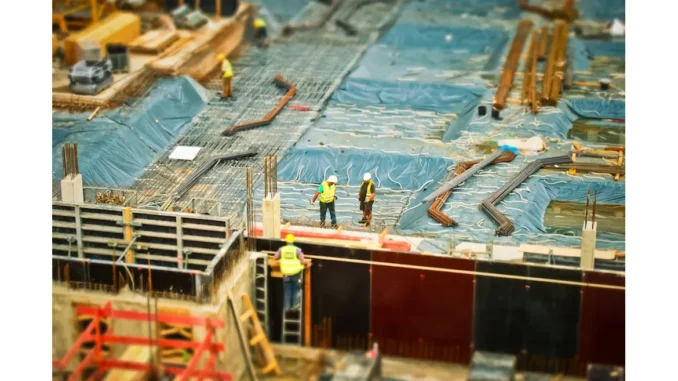
In the dynamic landscape of modern infrastructure development, the HS2 project in the United Kingdom stands as a testament to both visionary ambition and the complexities that accompany large-scale projects. Designed to significantly enhance connectivity across major cities, this high-speed rail network has been a focal point of debate due to its financial overspends and logistical hurdles. Among the most contentious elements is a £100 million “bat shed” near Sheephouse Wood in Buckinghamshire, a structure emblematic of the tensions between environmental considerations and infrastructural advancement.
Air quality is vital in planning. See how Focus360 Energy can assist.
The rationale for this bat shed, a 1km curved edifice, lies in its role as a protective pathway for bats, a species afforded legal protection in the UK. These nocturnal creatures have their habitats safeguarded by a spectrum of environmental legislation. Natural England, the governmental advisory body designed to uphold these laws, mandated the construction of the bat shed to ensure the rail line did not disrupt local bat populations. Although concrete evidence of such disruption by high-speed trains remains elusive, legal obligations necessitate protective measures for these creatures, reflecting a broader commitment to biodiversity conservation.
The financial ramifications of the bat shed are substantial, raising questions about the cost-effectiveness of environmental safeguards in extensive infrastructure projects. The £100 million allocated to this single structure is indicative of the wider financial complexities besetting the HS2 project. Originally forecasted at £37.5 billion in 2009, the budget for the network has since soared, with phase one alone expected to reach approximately £66.6 billion. This bat shed is just one of the staggering 8,276 consents from various public bodies, each adding layers of fiscal and administrative complexity to the endeavour.
Navigating the legal and bureaucratic landscape surrounding the bat shed has been fraught with challenges. Even after gaining approval from Natural England, HS2 Ltd encountered opposition from Buckinghamshire Council, which necessitated additional expenditures on legal and environmental consultancy services. Sir Jon Thompson, chairman of HS2 Ltd, recounted the necessity of bypassing local council resistance to secure the required planning permission. This scenario underscores the intricate and often contentious process of acquiring the necessary consents for major infrastructure projects, highlighting the delicate balance between local autonomy and national development goals.
The broader implications of the bat shed saga extend beyond its immediate financial and logistical challenges, touching upon the fundamental issue of balancing environmental protection with economic viability. While the legal protection of wildlife is unequivocal, the financial burden of compliance prompts a reevaluation of the sustainability of current regulatory frameworks. This case exemplifies the need for a more integrated approach to modern infrastructure development, where environmental, economic, and logistical considerations are harmoniously aligned.
In synthesising the lessons from the HS2 project, particularly the bat shed episode, it becomes clear that future infrastructure endeavours must prioritise early and thorough environmental assessments, identify potential hurdles, and devise cost-effective solutions. Effective communication and collaboration among stakeholders—governmental bodies, environmental organisations, and local communities—are essential. As the UK continues to pursue ambitious infrastructure projects, the experiences gained from HS2 provide invaluable insights into crafting policies and practices that are not only environmentally responsible but also economically sustainable. This balanced approach will ensure that the nation can achieve its developmental objectives while preserving its rich natural heritage for future generations.


Be the first to comment